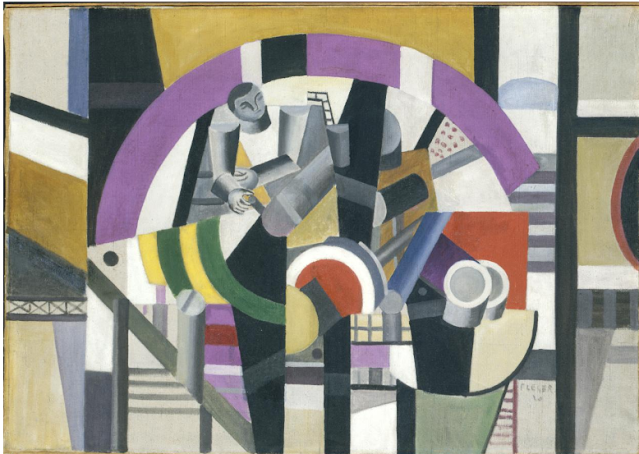Albert Bierstadt "The Last of the Buffalo"
I usually stay away from controversial subjects, but for this week, I decided to tackle this one. The title is The Last of the Buffalo and Albert Bierstadt painted it in 1888. Here we see a First American on a white horse spearing a bison, with remains of others in the foreground. What we realize today is that bison were essential for Native People and every part of the animal was important to them and used. But, in 1888, Bierstadt's goal was to portray a more romantic, glamorous image to the cities in the East, and this painting is the last of a long series he did of the American West.
Bierstadt (1830-1902) was born in Germany, and was brought here as a small child. He maintained a studio in New York and traveled the West photographing and sketching, then returned to studio to create very large canvases of what was then, a very mysterious land. He was part of the Hudson River School of artists who believed in careful detailing and glowing luminous lighting. Bierstadt's paintings were hugely successful and sold for record prices, until later in life when they lost public favor.
The composition of this painting is fairly simple. It is divided in half horizontally, displaying a huge, beautiful sky, with the birds starting to circle. Our subject is right center with a distant landscape off to the left, and another bison.
Of course what could be considered controversial is that Bierstadt gives the impression that the First People caused the death of bison herds. Today we know that is a horrible disservice, that it was the encroachment of white civilization. Happily today steps are being taken to return the American Bison herds.
The Last of the Buffalo is an oil on canvas. It is very large measuring 71" x 119 inches. It is part of the permanent collection of the National Gallery of Art, Washington D.C.
Make Art a part of your life, it's a beautiful thing to do.




These great Western landscapes have such a majestic appeal. The wide scope is so inclusive, with the bright shaft of light connecting the animals in motion. I've read that the horse culture was introduced to the Indians when the immigrants brought the animals and probably abandoned or traded them. They obviously became very skilled at spearing from horseback. Painting the horse white gives it importance. It's a brutal scene, but such was life in the early West. I assume those are skulls, which add to the story. I'm glad Bierstadt gave us this beautiful representation of his travels.
ReplyDelete